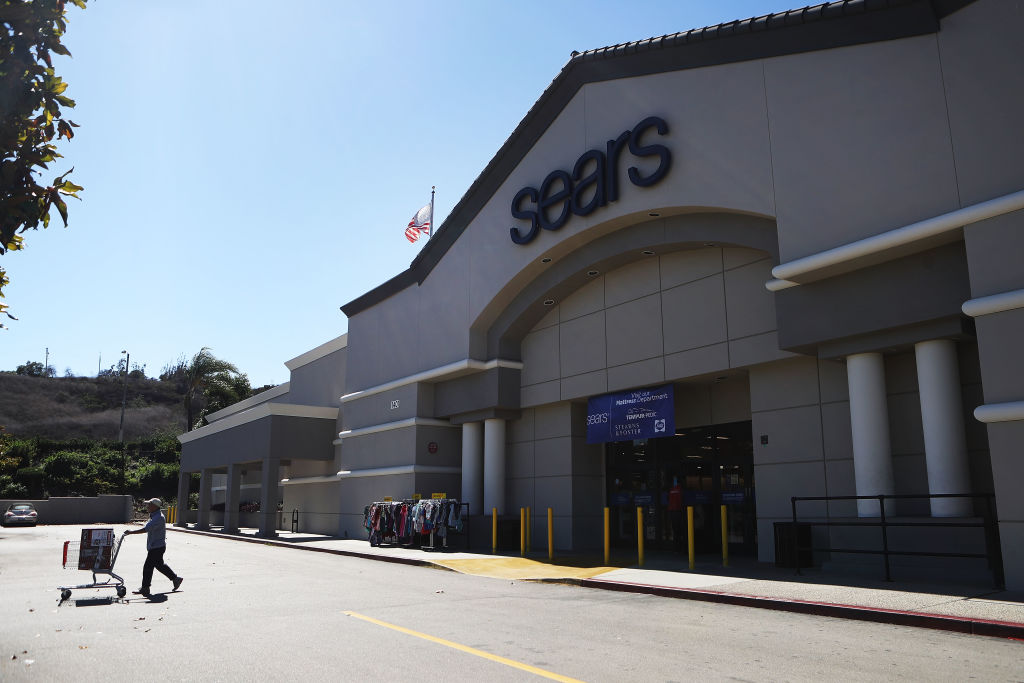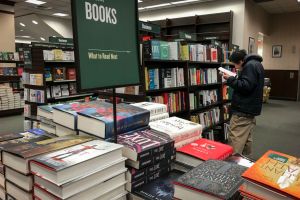So, last month saw the beginning of the end of Sears. Alas, the brand has been dead for some time, hanging around at the retail feast like Banquo’s ghost. But Sears were a household name for a century, as the middle-brow, middle-West, middle-America retail brand. They moved with American shopping habits through the 20th century, and blazed a trail in offering a diversified range of services. Theirs was the first major IPO, and they pioneered offering consumer credit and financial services alongside retail (Sears created Allstate Insurance). Those gains were a long time ago – but they helped create the retail world that now has left Sears in the dust.
As a mail-order firm, Sears focused on the rural customer, and they offered affordable products to Western settlers who had few other retail options. Sears first offered its catalogue in the 1890s, and the national implementation of Rural Free Delivery by the USPS in 1902 made mail order shopping viable for even more people (prior to this point, may rural residents had to pick up their mail at the nearest town, or pay extra for delivery). Even for those in towns, the department store offered access to an emporium unmatched by any local store.
Alongside their older competitor, Montgomery Ward, Sears made catalogue shopping a standard retail method in the US. There were other mail-order sellers who specialized (seed companies, haberdashers) but the virtual department store was a different thing. At their peak, Sears sold everything, from clothing to automobiles. They would even sell you a kit home, that apparently anyone could build without professional help.
Catalogs became standard by mid-century for many department stores to offer (J.C. Penney started theirs in 1963). It was this model of shopping that allowed Victoria’s Secret to flourish (with a catalog that was very popular for….other reasons).
As the nation suburbanized after the war, Sears did too – joining other stores at suburban malls while continuing to offer its catalogue service. As other department stores focused on fashion or toys, Sears continued its emphasis on homewares. Eventually, they became known more as somewhere to buy a washing machine, than somewhere to browse for Christmas presents. Some readers make recall their advertising effort from the Nineties, to see the ‘softer side of Sears’, which aimed to remind shoppers that they still sold nightgowns as well as lawnmowers.
By the 2000s, Sears lingered as increasingly ratty ‘anchor’ stores in dying shopping malls, sometimes in an architectural face-off with a Macy’s or J.C.Penney at the opposite end. But as social inequality has grown, middle America’s shopping has also polarized. Those with money go to Saks or Nieman Marcus; those with less go to Walmart or Target. Sears was created for a middle class that has vanished.
A bigger change though is of course Amazon – a retailer for whom Sears paved the way. Catalog shopping was the forerunner of online shopping. Pick the things you want, without even leaving home. Unlike Sears, Amazon don’t specialize in people who live too far from shops to buy things in person. Their same-day delivery service in fact has been rolled out in the cities where people have the most retail options. But what they offer, like Sears did, is everything.
Sears didn’t open a brick and mortar store until 1925, when they were already a recognizable brand. Meanwhile we see Amazon today opening physical stores, having won over the market through online shopping.
Like Sears and their other forebears, Amazon offer seasonal sales – one of the biggest being ‘Black Friday’, the day after Thanksgiving. This began back with brick and mortar stores decades ago (taking advantage of the fact that many people had that day off work, and it was seen as the start of the Christmas shopping period). It amped up during the Eighties, and by the 2000s some stores (including Sears) were even opening on Thanksgiving day to give shoppers an early start.
Amazon now not only starts Black Friday early (there are already ‘Black Friday’ deals on the site, but follows it up with another invention, ‘Cyber Monday’ – offering discounts on various electronic and digital gadgets).
Unlike Sears, Amazon is a marketplace for thousands of other sellers – many of them based abroad. When the Nebraska farm wife in 1910 ordered a stove or a pair of boots from Sears, she was putting money into the American economy. When I order a handbag or a hairbrush from Amazon – there’s a good chance I’m buying from a seller in China, sending my money overseas.
While Sears offered lessons in retail development, they are also a lesson in what not to do.
Sears closed its catalog business in 1993 – the worst time possible, given the opportunities the internet was about the open up. They already had distribution networks and centers – they could have been at the forefront of online sales. Instead, they struggled to stay competitive with either big box or high end retailers. Amazon is following in Sears’s path in more ways than one (also offering credit cards and other services, finding multiple ways into customers’ lives): we shall see if they share the same fate.


















